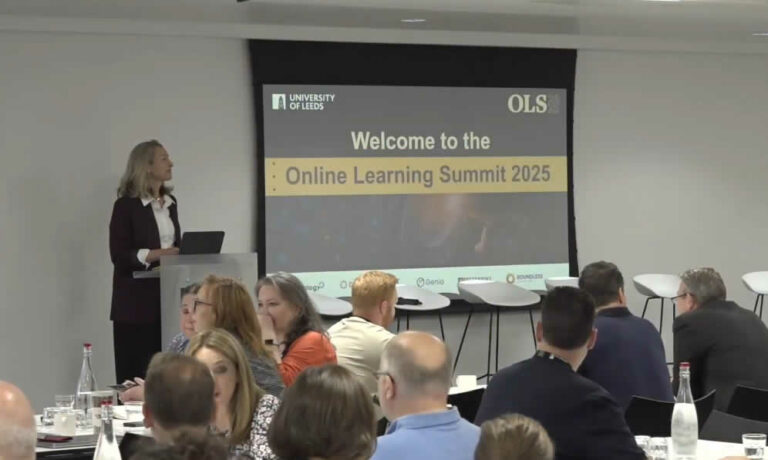Why do our higher education institutions behave as if their income is set by government and out of their control? Why are spending cuts and department culls their only response to a tough economy? Universities can make serious money. They have the resources and they have the opportunity. It’s criminal that more of them aren’t doing it.
A little over thirty years ago I felt like I was in the vanguard of something. In a small set of offices on the campus of Heriot-Watt University on the outskirts of Edinburgh the foundations were being laid for a distance learning enterprise that would, for a time, eclipse all others. It was destined to become the world’s largest distance learning MBA, with tens of thousands of graduates across 158 countries; it would make tens of millions of pounds for the university, and it would still be going strong in 2025.
Edinburgh Business School, under the visionary if sometimes challenging leadership of Professor Keith Lumsden, was in the early 1990s launching a distance learning MBA. And it was breaking all the established rules. First and foremost it was to be 100% self-paced distance learning; no campus visits required, no cohorts, no teaching hours. It was to be studied anywhere and started at any time, with no entry requirements but with rigorous assessment. A network of 300 examination centres around the world, many run by the British Council, would deliver near-simultaneous exams to a global student body every three months, and two fails meant you were out. Big name subject experts were motivated to write high-quality courses by giving them a share of revenues.
Critically there was to be no tutoring. Huge efforts were put into producing materials that were complete, delivering a carefully designed learning experience with no requirement for additional input from books or teaching staff. Indeed one of Keith’s early success metrics, which seems extraordinary looking back on it now from today’s online learning landscape of endless customer satisfaction surveys, was that fewer than 3% of students should ever have to contact the school for anything other than arranging their exam date.
One of the cleverest things EBS did was to invest much of its early income into driving up the quality and reusability of its learning content. That meant when the shift from printed materials to online delivery became possible the content was already structured in a way that it could be done efficiently and with smart features like tracking progress against learning objectives. And in those early years when “companion websites” gave way to “virtual learning environments” the content could easily be, and was, moved from one system to the next.
Yes, for elements of this the university had to be dragged kicking and screaming out of its comfort zone. The number of committees that had to be cajoled into enabling this new model, and the time they took to reach their decisions, was endless. It wasn’t easy. But it delivered a revenue stream and a reputation for distance learning that Heriot-Watt still lives off. And it is still making money, thirty-plus years later.
I’m not saying every university can make money out of an online MBA in 2025 (although for a while it seemed like that was exactly what everyone was trying to do!) but there are still huge opportunities out there, and UK HE still has a pretty stellar global reputation. Too many institutions have dipped their toes in the world of online learning, or done deals with OPMs to allow their brand to be used to front externally delivered learning, but never actually committed to doing it properly, themselves, at scale. That’s the key.
So hey there, Vice Principals, Deans of Faculty, Heads of Schools – I know the pressure is on, and I know cost-saving looks like it has to be the answer, but please have a serious look at how you can make money instead. Cost cutting and departmental culls reduce opportunities and can feed a vicious circle of further cost cutting and departmental culls. Growth has to be the better option, and distance learning done well can deliver it.


